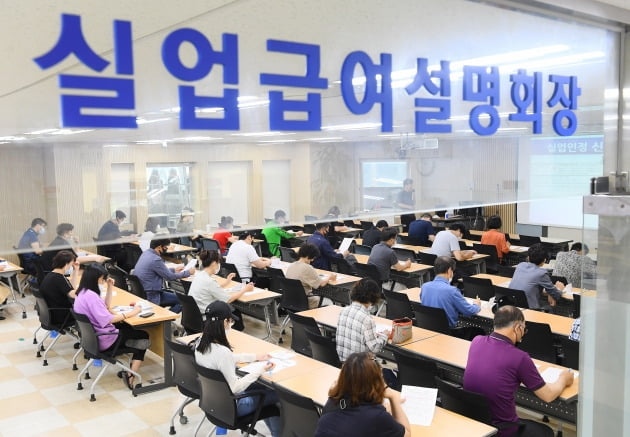
‘I’m in a jobless growth’ – If production increases by 1 billion, 10 jobs will be created too.
The trend of’employment without employment’ in the Korean economy is strengthening. As a result of the automation and unmanned influence of the manufacturing industry, it was found that the employment inducement coefficient of the domestic industry is walking downhill every year.
According to the ‘2018 Industry Linkage Table’ released by the Bank of Korea on the 24th, the incidence of employment in 2018 was 10.1. The employment inducement coefficient refers to the number of employees created directly or indirectly when production of products, etc., increases by 1 billion won. The employment inducement coefficient shows a downward trend every year. 11.4 in 2015 to 11.2 in 2016, 10.6 in 2017, and 10.1 in 2018. According to the analysis, last year and this year, the employment inducement coefficient was less than 10.
The decrease in the number of job inducement factors is explained by the fact that the production sites in various parts of the world are rapidly influencing automation and unmanned operation. Machines and robots have replaced what humans have done. Looking at each industry, the employment inducement coefficient for manufacturing (industrial products) fell from 7.2 in 2015 to 7 in 2016, 6.5 in 2017, and 6.2 in 2018. There are observations that this year will have fallen to five people. The service industry also fell from 14.5 in 2015 to 14.1 in 2016, 13.5 in 2017, and 12.8 in 2018. It is estimated that the job creation effect of the service industry is more than twice that of the manufacturing industry. In terms of final demand, consumption was 12.5, higher than investment (10.1) and exports (6.7). This means that consumption rather than export and investment, and service industry rather than manufacturing contribute more to job creation.
It is analyzed that the employment incidence coefficient will fall, and this year, the employment crisis will be further exacerbated, as the real gross domestic product (GDP) is expected to decrease compared to the previous year due to the impact of the new coronavirus infection (Corona19).
In addition to job problems, the Korean economy is also weakening its ability to create value-added; the coefficient of value-added fell from 0.791 in 2016 to 0.780 in 2017 and 0.773 in 2018. The value-added inducement coefficient is an indicator of the amount of new value-added (wages, welfare benefits, operating profit, etc.) generated when the final demand from consumption, investment, and export increases by one unit. This means that the added value created by raising sales of 1,000 won has been reduced from 791 won to 773 won.
